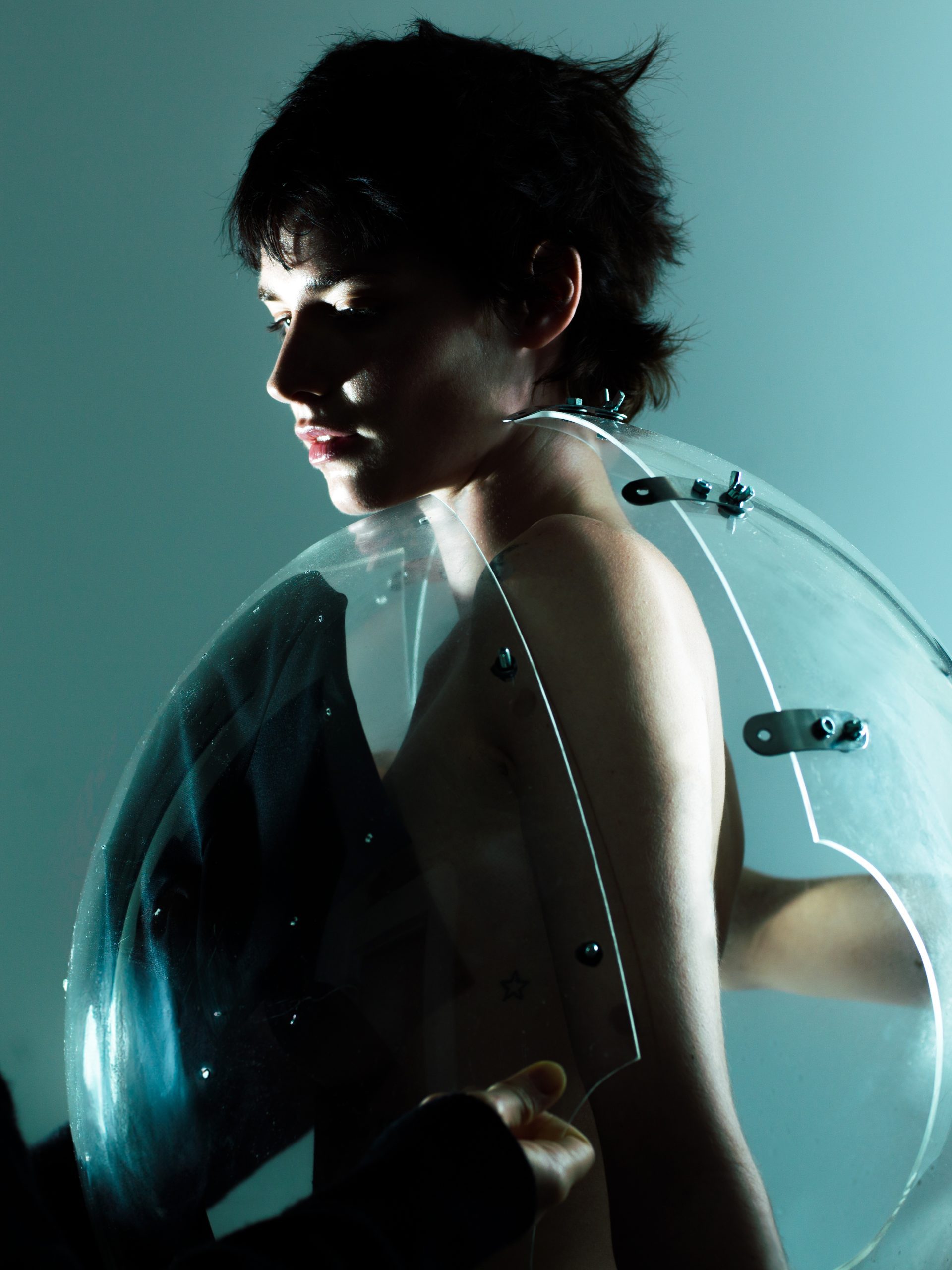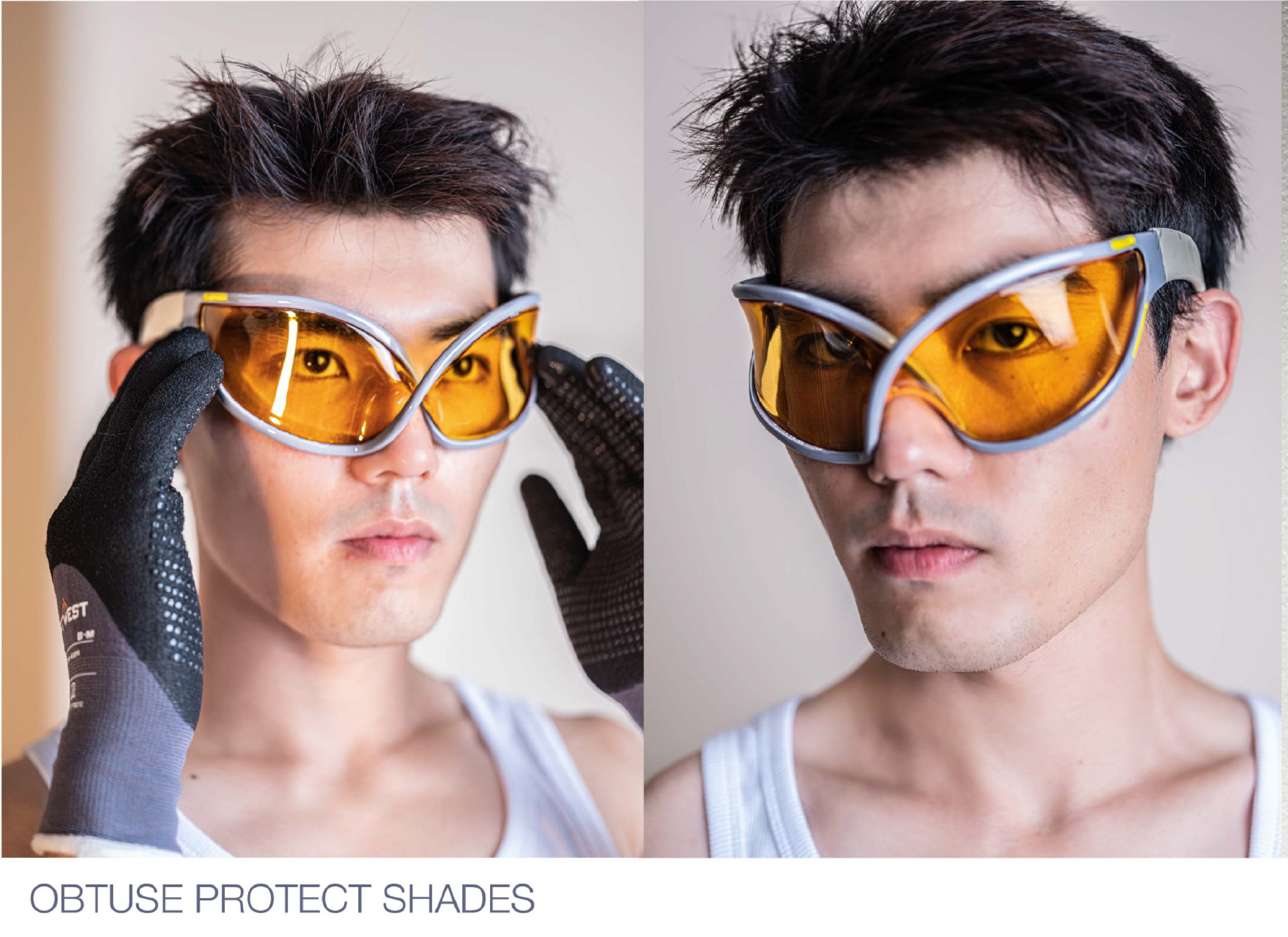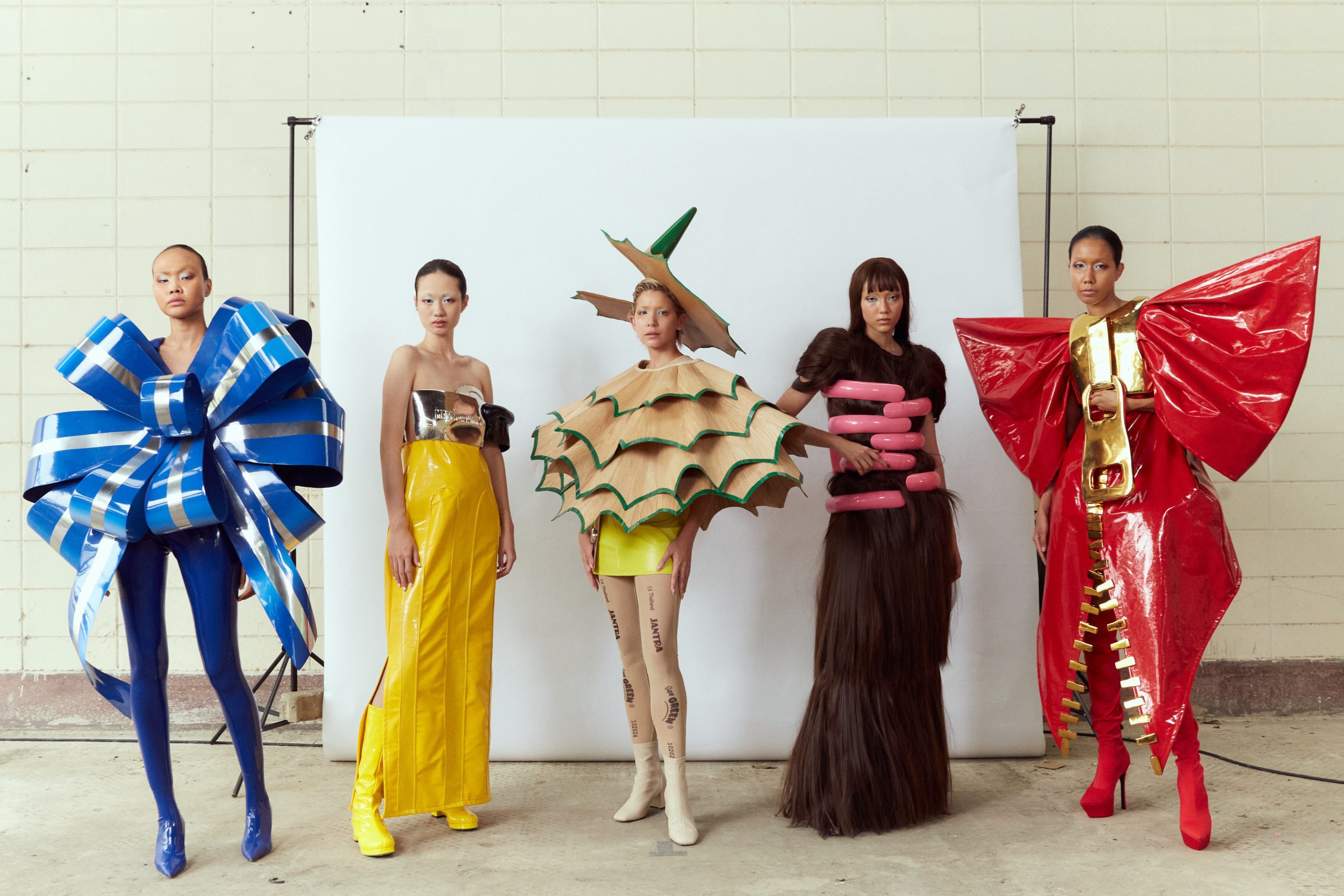Threads is the newest product thrust in consumer faces amidst the ongoing Musk vs Zuckerberg war, and had a staggering 30million downloads within the first 24hours of its launch. The vicious competition between these two tech billionaires has been unrelenting, and Threads seems to be the newest punch in the mess of this egotistical masculine battle. Meta, the social media empire built by Zuckerberg, has launched Threads as the newest tentacle extending his social media dominion, and the platform, seems to be uncannily similar to Twitter, and even a direct challenger.
The launch has come at the perfect moment, as the tired platform of Twitter seems to be bleeding users, as well as losing money, as advertisers of using such a turbulent platform, that has become even more unregulated under Musk’s direction. Twitter is known for breeding infamous drama and permitting controversial commentaries from characters such as Donald Trump and Andrew Tate. Albeit, constantly in the headlines and in public conversation, this has made companies somewhat cautious of investing their money here; the atmosphere on Twitter is hostile and aggressive, and marketing can easily be misconstrued. Cleverly, off the back of this public perception, Threads is advertising itself as the friendly safe space where users can instantaneously blog their every thought, but without facing the coarseness of the Twitter community. Interestingly, Musk has replied to the launch of Threas with an announcement to rebrand Twitter, which will now become “X’, and with promises of a new super app that will amalgamate all current divergent platforms. The whole dynamic feels somewhat like a testosterone fuelled playground stand off, and it is easy to follow the feud without really understanding the impact on users. But what will all this reorganization of the social media map mean for the business of fashion? Will Threads actually blow up, and in a world where social media marketing is the sweet spot for many retailers, how might the platform change the way we discover and buy clothes?
Threads has huge potential to be a valuable marketing channel for designers, creators and brands. As part of the Meta cooperation, followers and followings are instantly transposed from your Instagram account to your Threads account, allowing for easy and quick integration with the platform. Seen as Instagram is the territory fashion currently relinquishes its armies on, the linkage between the two platforms bodes well for fashion accounts looking to switch up the medium through which they interact with their community. The Threads platform is predominantly text-based, allowing users to post casual commentary, life updates, thoughts and feelings as often as they wish. At the moment, it feels like a very authentic and honest space, which deviates from the perfectionism and hyper-coordinated aesthetic of Instagram. Threads has a certain rawness, and an early 2000s sentimentality which is reminiscent of when Tumblr and My Space were unfiltered hubs to scribe feelings and share creativity. At present, there are no advertisers on Threads, which perhaps is contributing to this golden frivolous safety it is radiating. Of course, this is all likely to change in the approaching months. Yet, for the time being, the persona Zuckerburg has been able to cultivate for Threads seems to be very opposite to the messages Musk is portraying amidst his newest changes to Twitter; he has recently been criticized for pushing people to join the blue tick paid subscription service and changing concerning policy on free speech. It will be interesting to see how real this “happy family” image of the Threads community is, or if it will fall short when money comes into play, and for the time being Zuckerburg is just trying to humiliate Twitter on all fronts.
The beauty of Threads from a marketing potential, and particularly for the fashion industry, is that it allows brands and organizations to develop and refine a particular tone of voice. The platform encourages users to post haphazardly and multiple times a day, almost like an unfiltered stream of consciousness. There is therefore a certain humanness to the posting dynamic on Threads, and whether it be true or not, the style of interaction exudes authenticity; unlike instagram, there isn’t the same painfully blatant feeling of PR teams scripting messages and curating feeds. This gives big companies the opportunity to really define a loud and distinctive brand personality that can resonate with the white noise thoughts and feelings of everyday people. The relaxed element of Threads, at least for the time being, is seemingly allowing brands to have rapport with their followers, somewhat free from the editing, strategising, and billboard business that Instagram has become. With no advertising capabilities, the platform is also currently free from analytic functionalities, meaning the success of posting is largely unmeasurable, adding to the unfazed and free-willed feel of the platform. Threads posts can also be accompanied with photos and short video clips, meaning that like most other existing social platforms, there is creative scope for how brands can use it.
Many fashion brands have taken to Threads with humorous self-deprecation, which is refreshing and new, and deeply welcome in a social media space that has been tightly marshalled for so long. The well-known retailer GAP use their first Threads message to poke fun at the competitive business channel social media has become, their first message simply explained how they were “Posting literally anything before 25 people have to approve”. The brand then fell silent, which provoked American Eagle, another huge retailer, to scribe “Can somebody check in on @gap its been 4 days and their only post was a cry for help”, quickly and wittily GAP bit back with a GIF meme, rolling their eyes and scoffing “We’re working weekends now?”. Elsewhere on the platform, Selfridges, who’s handle reads “theofficialselfridges” got punny, with their opening line being “While you’re all here, as an FYI, we don’t sell fridges”. Depop also joined in on the comedy, and threw their own two pence into the social media battle unfolding, with an opener that read “Shout out to Threads for upcycling Twitter. We like to keep it circular too”.
There is no doubt that the light-heartedness of this juvenile platform will abruptly change, as is usually the case in our capitalist world when things grow and expand. However, brands and retailers might as well get stuck in whilst this is the mood of the times, and see how they fend with the primarily text-based functions. It will be interesting to see if Threads can become well integrated with the fashion industry, in a way that Twitter was never really able to do in comparison to Instagram and TikTok.
At the moment major fashion brands such as Louis Vuitton, Nike, Balmain, Asos and Farfetch, have joined threads, but notably Gucci, Prada, Hermes, Balenciaga, Fendi, Zara, H&M and many more haven’t activated accounts. There is always apprehension when emerging into a new space and a new arena. Forbes contributor, Richard Kestenbaum, has spoken about how she predicts that the mediums of social media in 2023, will definitely be pitted against each other, and could even be becoming politicised. She poses the question that if Twitter, or “X”, survives, it could be seen as a more right-wing platform, whilst Threads the new more liberal left application of choice. It is certainly true that in an already oversaturated social media landscape, it may be difficult for Threads to establish a solid position, and whilst it is settling itself many big players are holding back on becoming involved.
Written by Hebe Street from GLITCH Magazine





